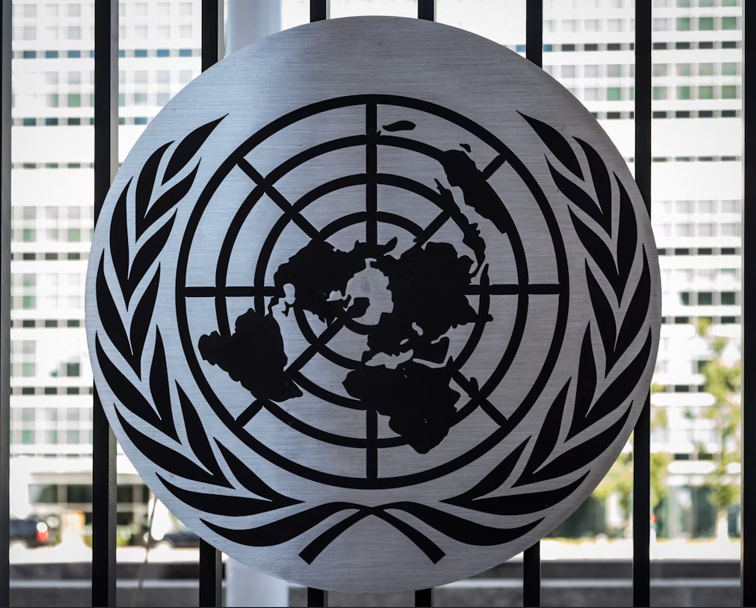On 1 June 2017, American President Donald J. Trump announced that the United States will withdraw from the Paris Climate Agreement (the “Paris Agreement”).
Articles 3 and 4 of the Paris Agreement require its signatories to achieve nationally determined contributions (“NDCs”) aimed at keeping the global temperature rise below 2 degrees Celsius above pre-industrial levels. NDCs essentially amount to self-imposed greenhouse gas (“GHG”) emissions reduction targets.
Articles 4(5), 9, 10 and 11 of the Paris Agreement reaffirm the obligation of developed countries to provide support to developing countries in order to help them reach their respective NDCs. In particular, Articles 9(1) and 9(8) reiterate pre-existing financing obligations of developed countries as well as pre-existing financial mechanisms established under the United Nations Framework Convention on Climate Change (the “UNFCCC”), including the Green Climate Fund. Article 10 reiterates pre-existing obligations of developed countries to transfer technology to developing countries, and reaffirms the role of the Technology Mechanism established under the UNFCCC for such purpose.
The United States Government has not disclosed how its withdrawal from the Paris Agreement would actually take place. A withdrawal could occur in one of three main ways. First, the United States could abstain from formally withdrawing and simply cease any implementation of the Paris Agreement which would achieve the same result as a formal withdrawal.
Second, the United States could invoke the rules on withdrawal under Article 28 of the Paris Agreement. Articles 26 and 28 specify that a State may notify the Secretary-General of the United Nations (“UN”) of its withdrawal three years after the Paris Agreement’s entry into force. The Paris Agreement entered into force on 4 November 2016. The withdrawal takes effect one year after its notification. The United States could therefore notify its withdrawal one 4 November 2019 which would then take effect on 1 November 2020.
Third, the United States might instead opt to withdraw from the UNFCCC which entered into force on 21 March 1994. Articles 19 and 25 provide for withdrawal rules worded very similarly to those of Article 28 of the Paris Agreement. The United States could therefore notify the UN Secretary General of its withdrawal from the UNFCCC at any time. That withdrawal would take effect one year later. It remains to be seen whether withdrawing from the UNFCCC, which is deemed to entail withdrawal from related “protocols” can serve to withdraw from the Paris Agreement.
In any event, the Paris Agreement in and of itself imposes no new binding obligations and mainly relies on the political willingness of States to comply with their own self-imposed NDCs. The effects of an American withdrawal will therefore be felt long before its withdrawal is officialised and may cause divergences within the private sector and within and between countries.
While some companies might now revert to fossil-fuel driven strategies, many American companies, including Chevron, Dow Chemical, DuPont, ExxonMobil, Hilton and Monsanto had previously come out in favour of the Paris Agreement. Within hours of President Trump’s announcement, the United States Council for International Business (“USCIB”), which represents 300 multinational companies, law firms and business associations conveyed concerns over the exposure of American companies to discrimination abroad following the United States’ departure from the climate negotiating table.
The USCIB also voiced the intention of American companies to remain involved in climate change negotiations and to continue investing in climate-friendly projects and technologies. This development might contribute to the private sector’s growing role in international negotiations. For example, the UN General Assembly granted Observer Status to a business organisation, the International Chamber of Commerce (“ICC”) for the first time back in December 2016. The private sector now has the means to voice its views within the UN system directly.
While the United States appears to be set on a trajectory of its own relative to other countries having signed the Paris Agreement, regulatory divergences might also emerge domestically between American States. On 1 June 2017 the States of California, New York and Washington formed a Climate Alliance aimed at pursuing further reductions of their GHG emissions, while California has expressed its willingness to enter into its own international climate change agreements notably with China.



